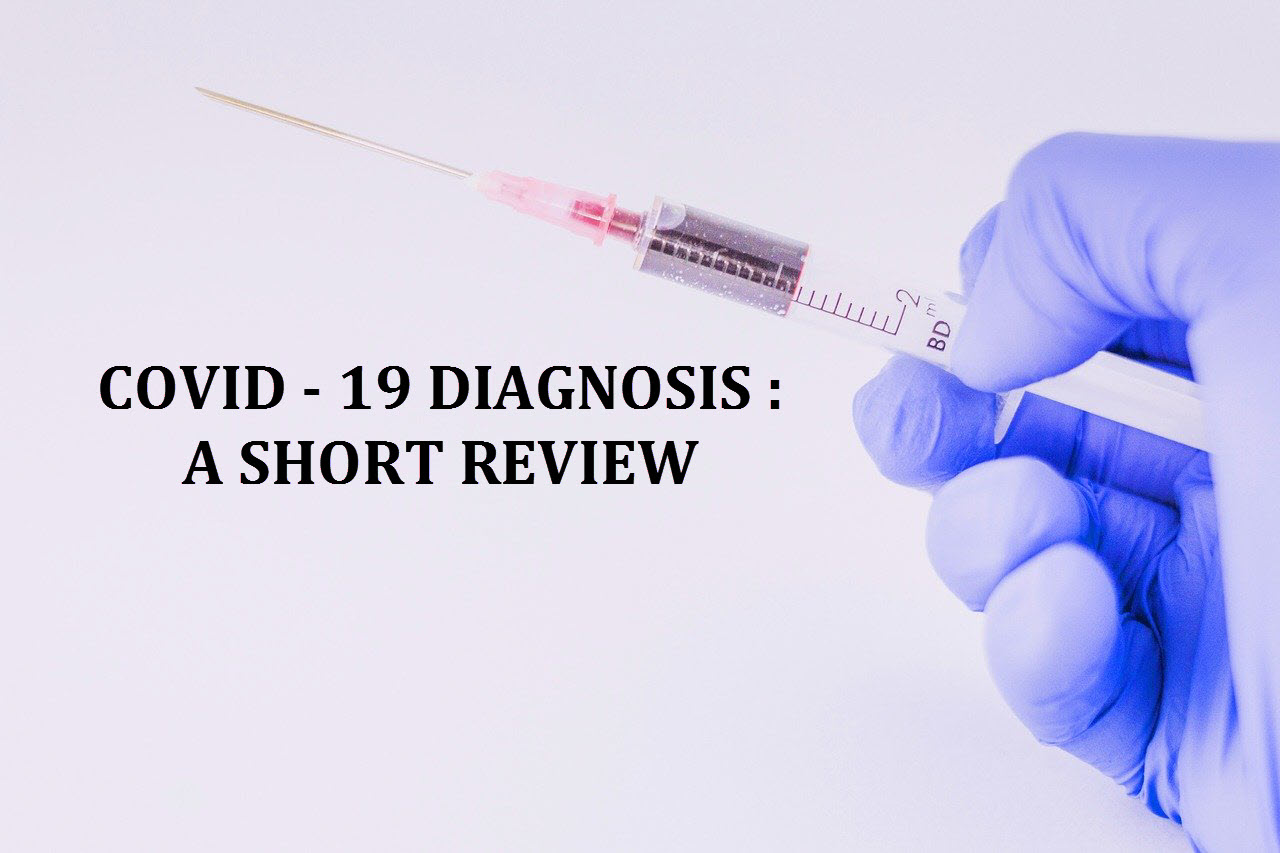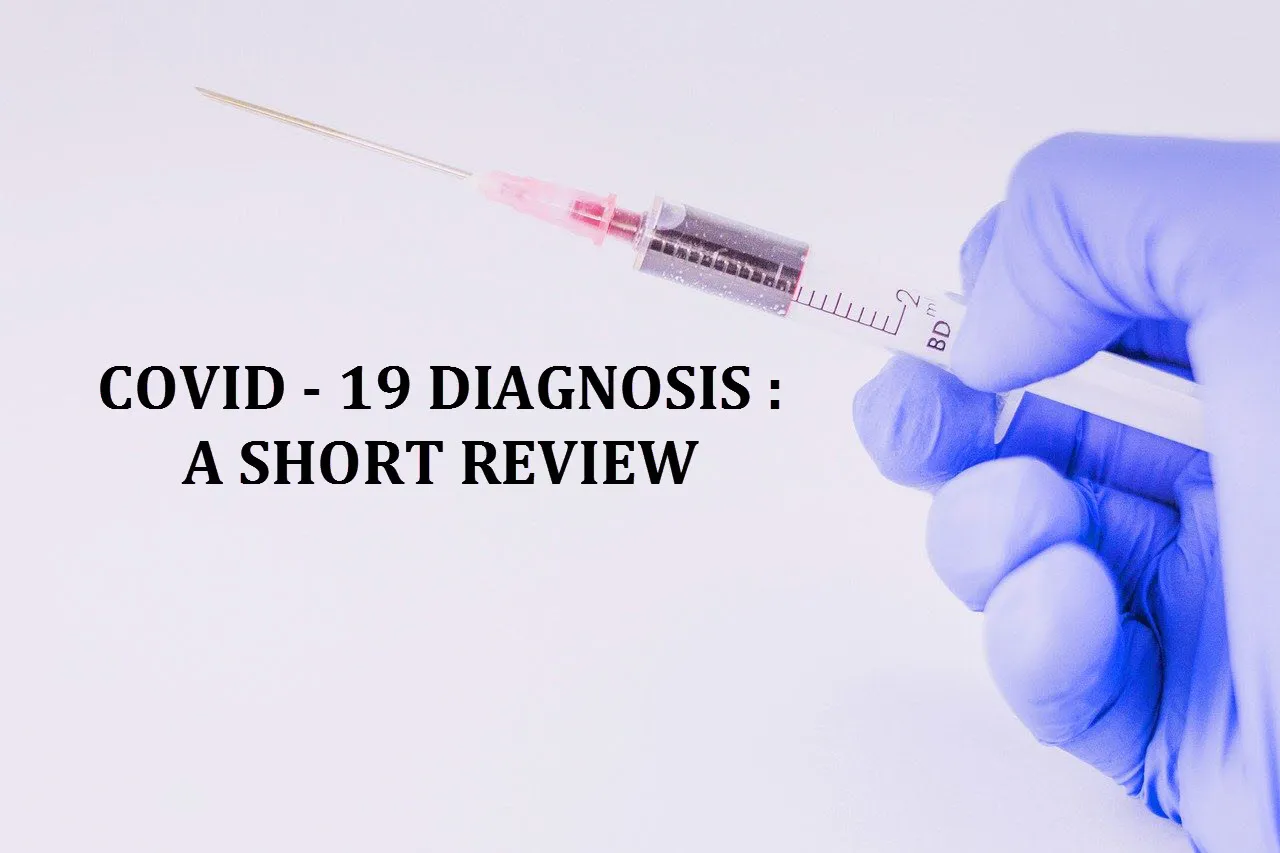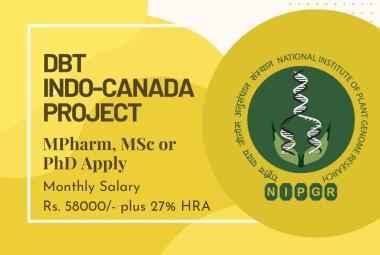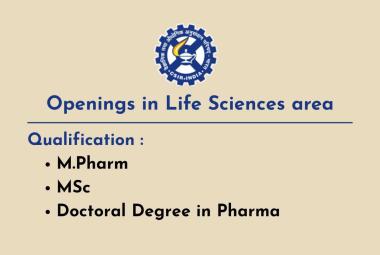
ABOUT AUTHORS
Swarupananda Mukherjee*, Sohini Bera, Moumoyee Chakraborty
NSHM Knowledge Campus, Kolkata – Group of Institutions,
Department of Pharmaceutical Technology, 124, B L Saha Road,
Kolkata, India
* Swarupananda.mukherjee@nshm.com
ABSTRACT :
Corona viruses are a family of enveloped, positive stranded, single stranded RNA viruses. This corona virus family consists of pathogens of several human and animal species including SARS-CoV, NovelCOVID-19 but now referred to as SARS-CoV-2 by the Study Group. SARS-CoV-2 International Committee on Virus Taxonomy Corona Virus belongs to the genus Beta corona virus family Corona viridae. The virus has spread globally since its introduction, causing millions of deaths and critically affecting our health services and economies. There are currently no approved preventive drugs or treatment methods available. Hundreds of clinical trials were performed to find treatments that were successful. Here we are reviewing currently reported clinical studies for COVID-19 treatment and prevention to give an overview and perspective into the global response.
INTRODUCTION :
Corona viruses (CoV) are a large family of viruses which cause diseases ranging from common cold to more chronic diseases. A novel coronavirus (nCoV) is a new strain not reported earlier in humans. On 31 December 2019, WHO was notified in Wuhan City, China of cases of pneumonia of an unknown origin. Countries across the globe have stepped up their testing to rapidly detect any new CoV-19 incidents. Since then, several new infections with this virus have been found in China, as have cases imported into other countries, including the European region1. The virus was named Corona virus because of the outer surface that reflects crown-like spikes. The viruses are somewhat spherical, with the particles ranging from 65-125 nm in diameter. As nucleic material, corona viruses are single-stranded, positive-sense RNA. This virus is one of the largest of all RNA viruses, ranging in size from 26 to 32 kbs. The four structural genes comprising spike (S), envelope (E), membrane (M), and nucleocapside (N) encode the structural proteins2.
To fight against the global pandemic caused by SARS-COV2 named as per it's genetic resemblance with the SARS Coronavirus outbreak in 2002, rapid diagnostic measures have to be adopted. The disease created an undying panic amongst the people over the world. The prominent symptoms involved Fever, dry cough, sore throat etc. though there may be asymptomatic cases also3. The risk of getting invaded by the virus is more with the hypertensive and diabetic patients. The medical science need to curb this virus, the most critical risk lies with the asymptomatic cases as they contribute to community transmission without diagnosis, so rapid screening of asymptomatic cases plays a vital role in Controlling this epidemic. Since the virus is gradually reaching to the globe, instead of getting anxious the necessity of the diagnosis must be understood by the common people and only thus the spreading can be limited. So this review highlights on the diagnostic procedures and possible ways to control the abiding fear among the patients4.
Rapid Diagnosis of COVID- 19 :
To fight against the global pandemic caused by SARS-COV2 named as per it's genetic resemblance with the SARS Coronavirus outbreak in 2002, rapid diagnostic measures has to be adopted. The disease created an undying panic amongst the people over the world. The prominent symptoms involved fever, dry cough, sore throat etc. though there may be asymptomatic cases also. The risk of getting invaded by the virus is more with the hypertensive and diabetic patients5.
There are several way outs for restricting the growth of the disease.
• For primary screening the swabs of the infected patients are subjected to test.
• If the pneumonia becomes severe and the primary stage is exceeded, lower respiratory system screening procedure in which Bronchoscope moves through lung airways with measured volume of fluid added and then collection fluid it is analyzed.
• Real Time Reverse Transcription Polymerase Chain Reaction.
• Computed tomography.
When the swab test is performed the concentration of virus remaining high in upper and lower respiratory tracts confirms the disease state1.
Few conditions need to be maintained while collecting the nasopharyngeal or oropharyngeal swabs2.
• Proper measures to be taken for the person handling the samples of COVID-19 patients, they should wear Protective Equipment.
• Patient should be conscious,supportive for conduction of the test.
• To limit the jerky movements, give support to the patient's head.
• Maintain safe distance from the patients.
• There should not be wooden shaft or calcium alginate present in the swab
• The swab is introduced horizontally into the nostrils.
• Nasopharyngeal swabs are more sensitive than oropharyngeal swabs3.
The time when the swab reaches its target there is an automatic response to pain or surprise observed in the patient. Now before sending for microbiological testing in the clinical laboratory they are kept in viral transport media under refrigeration4.
Reverse Transcription Polymerase Chain Reaction5:
• Aim is to identify presence of RNA virus in previously obtained test sample of COVID-19 patients.
• The process screens for the DNA of interest.
Computed tomography :
For resolving the conditions arising out of Polymerase chain reaction computed tomography scans can be used. A computed tomography scan is the process of obtaining medical images by the use of X rays and many other rays to get the cross sectional images of the definite area. Without causing Pain or harm to the subject,the inner side of the object can be viewed easily6.
• This screening indicates ground glass and unified lung opacities, it checks for the normal conditions of alveolar tissues in Lung Parenchyma, if not, disease like pneumonia is indicated. Appreance of lesions in multiple regions of lung observed in chest CT.
Diagnosis of virus in a pregnant woman :
Once a pregnant woman is suspected to be infected by COVID-19, the RT-PCR test is performed initially. If the person detected to be positive, managing her pregnancy, child birth and post-partum period in a standardized way is very important. Exact strategies for Parturition depends on age of gestation. She has to be subjected to diagnosis of chest images if suffering from shortness of breath. Furthermore, the depth of the disease is screened by chest imaging in post-partum period, monitoring to be done accordingly7-9.
But if she tested negative but still suffering from breathing difficulties, apart from the Polymerase chain reaction, her chest screening should be done as a confirmatory information. Now if the result shows positive the above mentioned measure are taken. In case it’s negative she is kept under close observations only. The cases where patient is not associated with breathing issues then also she is firmly monitored10-11.
Application of Serology in diagnosis :
The laboratories responsible for conducting tests use rapid detection kits that searches for antibodies or antigen of the virus in the sample at the earliest. The Nucleo capsid protein based Immunoglobulin G ELISA technique shows better results to detect SARS-CoV212. Apart from that neutralization test or Immuno fluorescent assay serve as alternate way of detection.
Abbreviations: GGO - Ground Glass Opacity, ELISA: Enzyme linked Immunosorbent Assay
Test Kits for the early detection of COVID-19:
1. Thermal Screening:
One radiation detection process is thermal screening. With through temperature, the amount of radiation released by an object increases; hence thermography helps one to see differences in temperature. They can be detected by thermal screening when someone has a fever and they can be tested for corona virus further7.
2. ELISA Technique:
The COVID-19 IgM ELISA Assay Kit is intended, established, and made for the qualitative measurement of the COVID-19 IgM and IgG antibody in serum samples. This COVID-19 ELISA serology assay is based on microplate enzymes using the immunoassay process. IgG is the most plentiful immunoglobulin produced in response to an antigen, which is maintained after initial exposure for long-term reaction in the body8.
3. Rapid Test Based On Antigen Detection:
In a sample from a person's respiratory tract, one form of rapid diagnostic test (RDT) identifies the presence of antigens (viral proteins) formed by the COVID-19 virus. When the target antigen is present in the solution at appropriate concentrations, it binds to specific antibodies attached to a paper strip wrapped in a plastic case and usually generates a visually reasonable result within 30 minutes9.
4. Rapid Test Based on Host Antibody Detection:
Antibodies are produced during the days or even weeks following infection with the virus. The strength of an antibody response depends on numerous parameters including age, dietary condition, and seriousness of the disease. Molecular testing has been reported in some people with COVID-19 confirming small, late or absent antibody responses to disease. His implication is that a COVID-19 infection diagnosis based on an antibody response seems to be mostly only available in the recovery process after several probabilities of therapeutic intervention or disease transmission interruption have already passed. COVID-19 tests that target antibody detection can also interact with other pathogens including other human coronaviruses10.
Safety measures against COVID-19 :
We can reduce the chances of becoming contaminated or spreading COVID-19 by taking some basic precautions.
1. Hands to be washed properly.
2. Cough or sneeze on bent elbow.
3. Avoid touching nose, eyes, face.
4. Limit the social gatherings & avoid close contact with affected person.
5. Disinfected the frequently touched surfaces and objects.
Social distancing :
In order to minimize the transmission of infectious disease outbreaks, social distancing is to stay away from crowds or congregations of 10 or more people. We should say no to parties, social gatherings, and unnecessary travelling. Instead of this we need to work from home, workout regularly.
CONCLUSION :
To conclude this review, we are extremely anxious to survive this evil pandemic through the best care steps possible. Instead of being frightened one must specifically preserve an acceptable distance from social contact to avoid droplet contamination from the individual infected with SARS-CoV2.Sufficient testing kits, sufficient resources, ample protective equipment will certainly be able to restrict the disease's rapid spread. Early diagnosis, thermal screening at a certain moment, wearing protective equipment such as mask, gloves, listening to health workers' organized instructions, maintaining social distance, in-house quarantine will conquer this malignant virus.
REFERENCES :
1. Tang YW, Schmitz JE,Persing DH, Stratton CW. The laboratory Diagnosis of COVID-19 Infection- Current Issues and Challenges. J. Clin. Microbiol. 2020 April; doi:10.1128/JCM.00512-20.
2. COVID-19 Diagnostics: Performing a Nasopharyngeal and Oropharyngeal Swab. Available from: https://youtu.be/syXd7kgLSN8, accessed on May 24 ,2020.
3. Woo PC, HuangYi, Lau SK, Yuen KY. Corona virus Genomics and Bioinformatics Analysis.Viruses 2010 Aug; 2(8): 1804–20.
4. Druce J, Garcia K, Tran T, Papadakis G, Birch C. 2012. Evaluation of swabs, transport media, and specimen transport conditions for optimal detection of viruses by PCR. J Clin Microbiol 50:1064-5. doi: 10.1128/JCM.06551-11. Epub 2012 Jan 11.
5. Liu R, Han H, Liu F, Lv Z, Wu K, Liu Y, et al. Positive rate of RT-PCR detection of SARS-CoV-2 infection in 4880 cases from one hospital in Wuhan, China, from Jan to Feb 2020. ClinChimActa 2020; 505: 172–5.
6. Ai T, Yang Z, Hou H, Zhan C, Chen C, Lv W, et al. Correlation of chest CT and RT-PCR testing in Coronavirus disease 2019 (COVID-19) in China: A Report of 1014 Cases. Radiology 2020:200642.
7. Lin D, Liu L, Zhang M, Hu Y. Evaluation ofserological tests in the diagnosis of 2019 novel coronavirus (SARS-CoV-2) infections during the COVID-19 outbreak. medxriv 2020; Available from: https://doi.org/10.1101/2020.03.27.20045153, accessed on May 26,2020.
8. Pan Y, Li X, Yang G, Fan J. Serological immune chromatographic approach in diagnosis withSARS-CoV- 2 infected COVID-19 patients. Medxriv2020; Available from:https://doi.org/10.1101/2020.03.13.20035428, accessed on May 26,2020.
9. Zhang W, Du R, Li B, Zheng X. Molecular and serological investigation of 2019-nCoV infected patients: implication of multiple shedding routes. Emerging microbes and infections2020;9(1): 386-9.
10. Che X, Qiu L, Liao Z, Wang Y. Antigenic cross- reactivity between severe acute respiratory syndrome-associated coronavirus and human coronaviruses 229E and OC43. J Infec Diseases 2005; 191(12):2033–7.
11. Balakrishnan A F, May-Han LM, Cher HT, Lin LS, Barnaby EY, David CL. Et al. Care of the pregnant woman with coronavirus disease 2019 in labor and delivery: anesthesia emergency cesarean delivery,differential diagnosis in the acutely ill parturient, care of the newborn, and protection of the healthcare personnel: American Journal of Obstetrics and Gynecology. 2020 April: In Press.
12. Woo PC, Lau SK, Wong BH, et al., Differential sensitivities of severe acute respiratory syndrome (SARS) coronavirus spike polypeptide enzyme-linked immunosorbent assay (ELISA) and SARS coronavirus nucleocapsid protein ELISA for serodiagnosis of SARS coronavirus pneumonia, J Clin Microbiol. 2005 Jul;43(7):3054-8.
NOW YOU CAN ALSO PUBLISH YOUR ARTICLE ONLINE.
SUBMIT YOUR ARTICLE/PROJECT AT admin@pharmatutor.org
FIND OUT MORE ARTICLES AT OUR DATABASE









